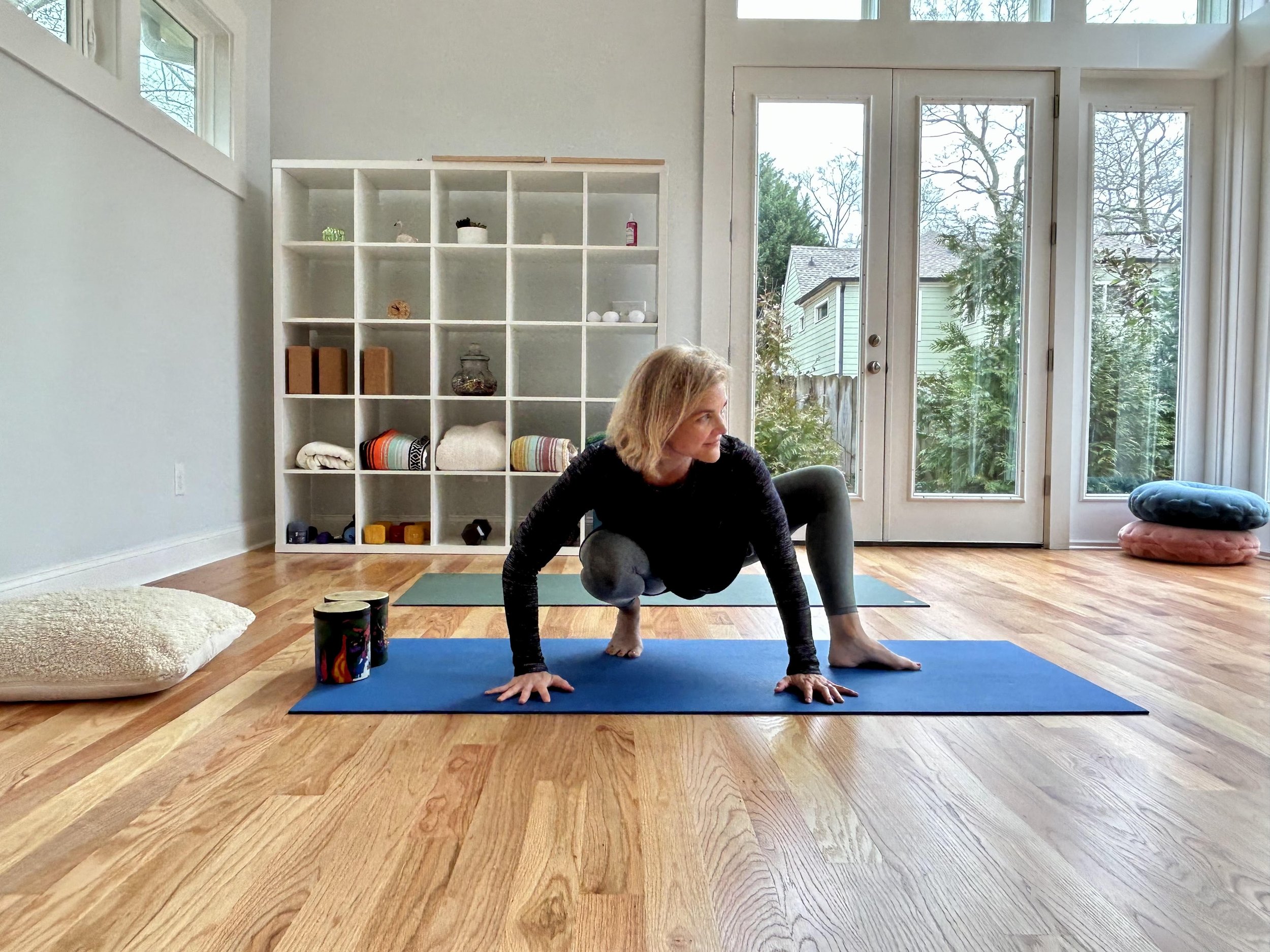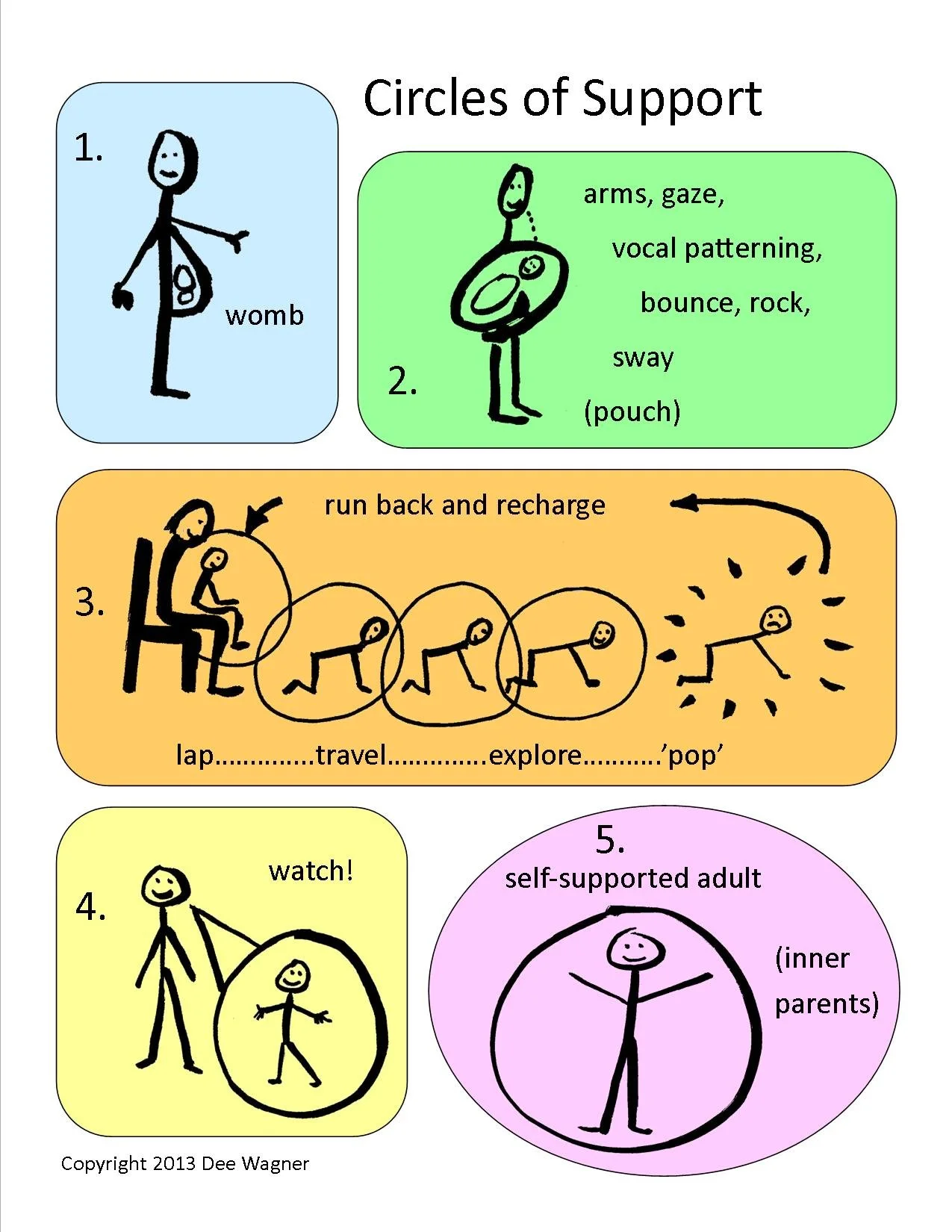The Importance of Play for Re-parenting Nervous System Functioning 🧠
The Importance of Play
When I was six years old in dance class, I was really frustrated that I had to practice choreography over and over. I complained to my family:
“I want to dance how I want to dance!”
They laughed. They didn’t get it until a while later when my dance teacher said she was concerned about my daydreaming. The teacher suggested to my mother that I had a problem.
We changed to a new teacher in town. I felt her enthusiasm for each and every one of her students. Her imprint of love and playfulness created a community of committed students, each with a hunger to dance and perform.
How Gut Instincts Help Us
In my early dance days, we didn’t have the modern nervous system knowledge we do now about teacher/student co-regulation. We did not know how stress response, how overwhelm—sometimes is felt as the pressure to perform, to mask, to hide one’s preferences or truth, to feel shame for uniquely taking up space. We did not know that this pressure can cause dissociation or shutting down one’s ability to be fully present.
In my early dance days, I was relationally sensitive. If I felt a teacher, or any adult with built-in power authority, was insisting upon performance rather than play, I would go inward into my own world. This withdrawal is a way to survive overwhelm.
“One of the most insidious attacks on the wild self is to be directed to perform properly. It is play, not properness, that is the central artery, the core, the brain stem of creative life. The impulse to play is an instinct. No play, no creative life.”
- Clarissa Pinkola Estés, Women Who Run with the Wolves
The Importance of (relational) Support and Play for Healthy Nervous System Functioning
Whether six years old or 60 years old, the autonomic nervous system (ANS) thrives on what pediatrician and psychoanalyst Donald Winnicott called the holding environment. From womb-to-walking-and-beyond, Circles of Support (see below) offer a container for a child to grow into a Self-supported adult.
Whether the Circles of Support are there in childhood, or we experience them in a therapeutic space, this (relational) Support is what creates the bio-psycho-social capacity for what scientist Stephen Porges identifies as Social Engagement system functioning. When the autonomic nervous system (ANS) senses support, safety and connection, the body functions in sustainable ways that allow for health, growth and restoration in bio-psycho-social living experiences. There is a rhythmic braking and releasing of the vagus nerve, which creates peristalsis—the rhythmic pace of digestion. When we sense (relational) Support, the ANS provides an active state that Porges calls Play/Dance.
From womb-to-walking-and-beyond, the Chi for Two® Circles of Support drawing helps therapists, coaches, teachers, even business managers recognize the pathway for helping each unique client, student, or team member find the “dance” of Play.
*Click here for a printable copy
Chi for Two, a multi-generational trauma healing method offers co-regulation practices. These practices would have helped my teacher who saw me as having a problem. The science supporting these practices would have helped her appreciate my unique survival methods. They would have helped her become more like the teacher who imprinted her students with love.
Chi for Two practices help me help you…
Re-parent Your Nervous System Functioning.
Learning to provide (relational) Support, helps us play. It helps us playfully “dance” through our lives, finding creative solutions for challenges. It helps us find the pathway, sensing the importance of Play. 🧠👣🌟
Interestested to learn how to invite play into your everyday more? Connect with me for a 15-min phone consultation to explore options.



